How Biomimicry is Inspiring Human Innovation
Creative minds are increasingly turning to nature—banyan tree leaves, butterfly wings, a bird's beak— for fresh design solutions
By Tom Vanderbilt
Smithsonian magazine, September 2012,
The first thing you notice about the entomology collections department, Lepidoptera division, at the Smithsonian’s Museum of Natural History is a faint, elusively familiar odor. Mothballs. I briefly contemplated the cosmic irony of mothballs in a room full of moths (and butterflies, a lineage of moths evolved to fly during the day) before turning to Bob Robbins, a research entomologist. “There are many insects that will eat dried insects,” he said, “so traditionally you kept those pests out using naphthalene, or mothballs.”
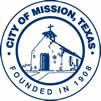


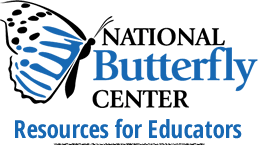


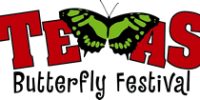
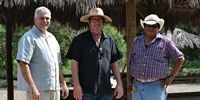

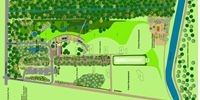
 Media
Media